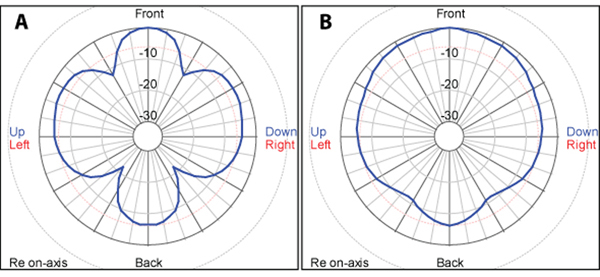
Analog Filter Comparison
For comparison, I also generated a 1 kHz, 4th-order Linkwitz-Riley filter pair. These are typical of the crossover filters implemented by most DSPs. These are IIR filters similar to what are produced by analog processors. I showed the transfer functions of these filters (and their sum) in part 1, so I won’t include them here.
While the magnitude response of the summed filters is flat, the phase response is not linear. The filters have produced a frequency-dependent phase shift in the response.
Applied To A Loudspeaker System
What good is a filter unless you use it to filter something? An interesting way to experiment with crossover networks is to use two identical loudspeakers. Since they’re the same, the response of the filters can be easily observed.
One will be the LF device and one will be the HF device (Figure 5). These are small cube loudspeakers that I built to use for classroom demos.
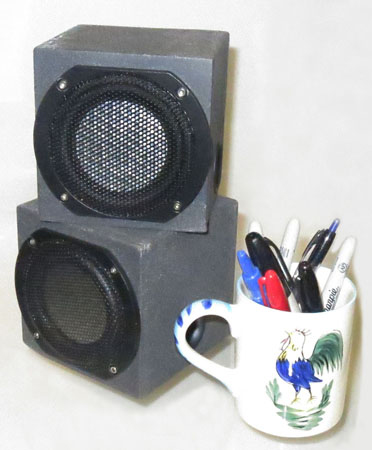
The responses of these two devices have been matched using the parametric EQ filter blocks in the OpenDRC DSP. The parametric equalizer settings were determined using the EQ module of Room EQ Wizard (REW), a freeware measurement program.
Note that this is not “auto EQ.” I properly collected and windowed the axial response of each loudspeaker, using 1/12th-octave smoothing to get ride of some of the detail. I then let REW do a curve-fit between 100 Hz and 10 kHz, and give me the list of the filters required to flatten it.REW calculates the filters required to correct the loudspeakers response, and saves them in a format that can be directly imported by the DSP. This saves the “grunt work” required to manually adjust the filters until the response is flat.
When satisfied, I imported this list into the DSP. The responses are shown in Figure 6. Note that they are different, because the loudspeakers are unavoidably different.
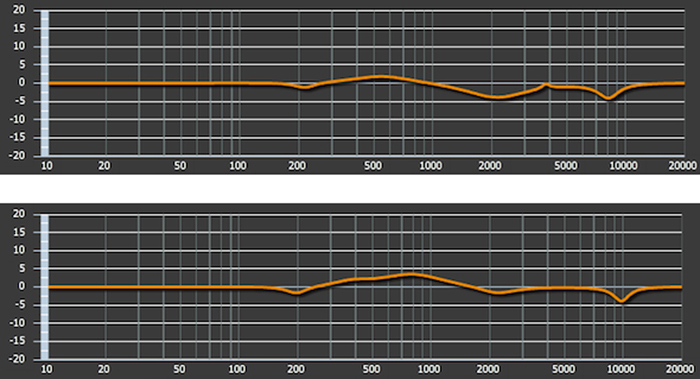
There’s a good lesson there for those that think they can do high resolution equalization on multiple devices by measuring one of them, but that’s a different article.
Figure 7 shows the full-range overlaid responses of the two loudspeakers with the IIR parametric filters applied, followed by the overlaid responses of the two loudspeakers with the FIR crossover filters applied, and then the measured full-range response (both magnitude and phase) with all filters applied, and finally, the measured response LP, HP and summed responses using the LR24 crossover.
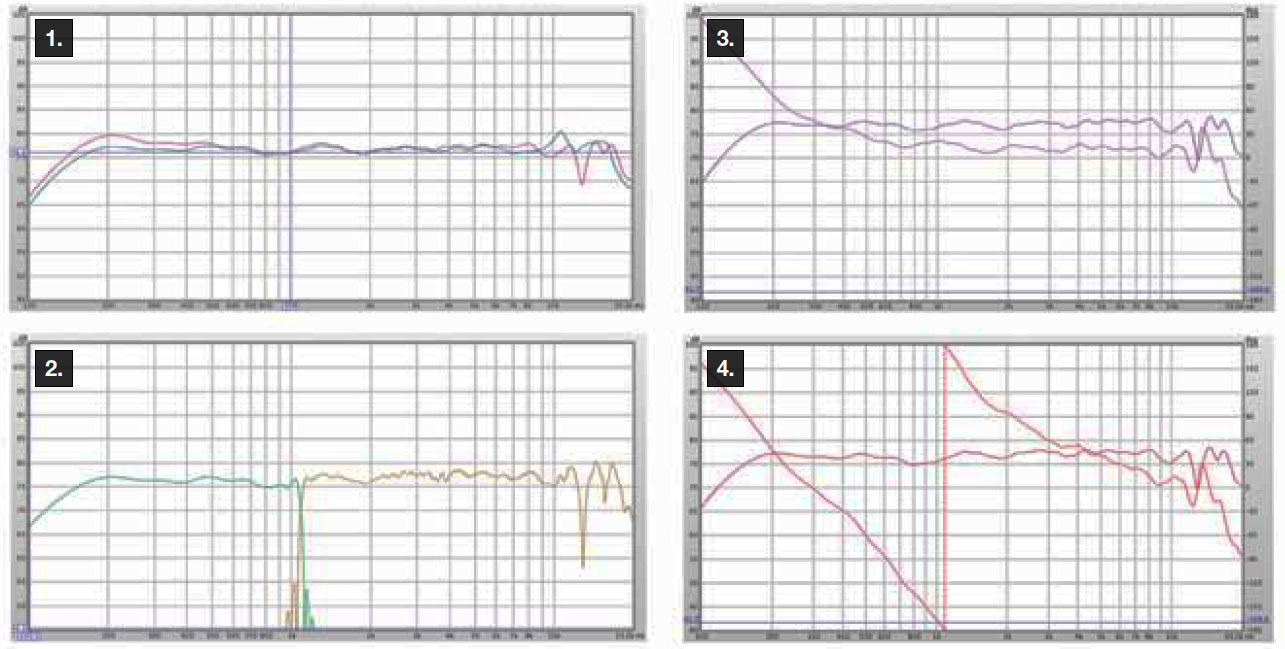
Proof In The Polars
Note that the magnitude responses are the same for the LR24 and brickwall crossovers. The difference will be in the phase response, and the polar response of the pair. I spaced the two loudspeakers 1 wavelength at 1 kHz (about 1.1 feet), shown in Figure 8.
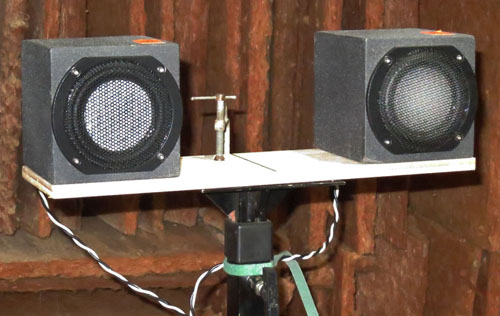
On the left in Figure 9, we see the polar response at crossover for the Linkwitz-Riley crossover network. The response lobes, because both transducers are “talking” in the crossover region. Since they are offset physically, lobing is unavoidable.

As expected, the response resembles a four-leaf clover.This configuration should produce a polar that looks like a shamrock on St. Patrick’s day, since the loudspeakers will be 180 degrees out-of-phase at 1 kHz at several angles around the polar, and in-phase at other angles. I used this configuration to evaluate the polar response at the crossover frequency of 1 kHz.
On the right is the polar response at crossover for the FIR crossover network. The lobing is eliminated because the offset transducers are not overlapping in frequency.
The Whole Story
The transducers in multi-way loudspeakers have always been interdependent, and lobing has always been a big issue. The use of linear phase brickwall filters can eliminate lobing by allowing the passbands to behave independently. Given the axial transfer function and polar response, it is impossible to determine that this is a two-way system with offset transducers – pretty amazing.
While it sounds like FIRs have brought us to a new level of loudspeaker performance, I must point out that multi-way loudspeakers that do not exhibit lobing through their crossover region have existed for decades and can be created without brickwall linear phase FIR filters.
Coaxial and co-entrant designs accomplish this by the physical placement of the transducers. Yes, FIRs can provide steep slopes at crossover, but if the loudspeaker produces sufficient SPL without them, there may be no benefit.
My point? Don’t be a “FIR snob” and turn up your nose at loudspeaker designs that use IIR and analog filters. I’d always take a well-designed multi-way loudspeaker with passive crossover over a complicated FIR-driven active system, IF the passive system met the needs of the application. Less can be better.
It’s often true that the major benefit of advancements in digital technology is that it gives us more ways to salvage bad designs and practices. FIR filters can often improve the performance of marginal loudspeaker designs. But when FIR technology is combined with excellent electro-acoustic design practices, there is indeed the potential to reach new levels of performance. While not a panacea, FIR filters are a nice tool to have in the toolbox.
